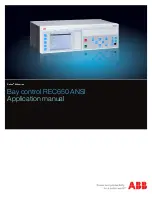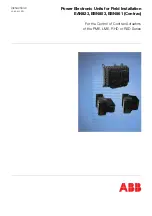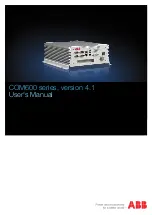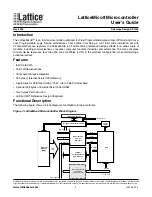
Lucent Technologies Lineage
®
2000 ECS-12 Controller J85501D-2
Issue 3 August 1998
Product Description 2 - 5
the C contact). Each Form C set is isolated. An alarm set is
provided for each type of alarm condition, as follows:
AC Failure (ACF)
Major Fuse Failure (MJF)
Minor Fuse Failure (MNF)
High Voltage (HV)
Battery on Discharge (BD)
Low Voltage Battery Disconnect (LV)
In addition, alarms that are classified as Major or Minor cause a
group of general-purpose Major or Minor alarms, as follows:
Power Major - Visible (PMJV)
Power Major - Audible (PMJA)
Power Major - External (PMJE)
Power Minor - Visible (PMNV)
Power Minor - Audible (PMNA)
Power Minor - External (PMNE)
The alarm state of a relay is the “normal” state, i.e., when an
alarm condition exists, a closure exists between the “C” and “R”
poles and an open exists between the “O” and “R” poles.
Each set of contacts can be in the non-alarm state only when the
control unit is powered and the corresponding alarm is not
present. When an alarm occurs or when the control unit loses
power, each closed pair of contacts opens and each open pair of
contacts closes.
An Alarm Battery Supply (ABS) and a ground return are
available on one of the terminal blocks (TB101). These pins may
be wired by the installer to one or more alarms on the terminal
blocks to drive alarm lamps, buzzers, or remote relays in the
office alarm system. The ABS is the same voltage as the plant
bus voltage and is separately fused on the external LVD/Fuse
Board.
Battery on
Discharge Alarm
If rectifier output is insufficient to supply the load current for any
reason (such as an ac power failure), the battery reserve will
provide the necessary current. Such a battery discharge can be
detected by a drop in the plant bus voltage. Whenever the plant
voltage drops below a preselected threshold, the controller
issues a Battery on Discharge (BD) alarm and lights a red LED
on the controller front panel. This alarm threshold is typically set















































